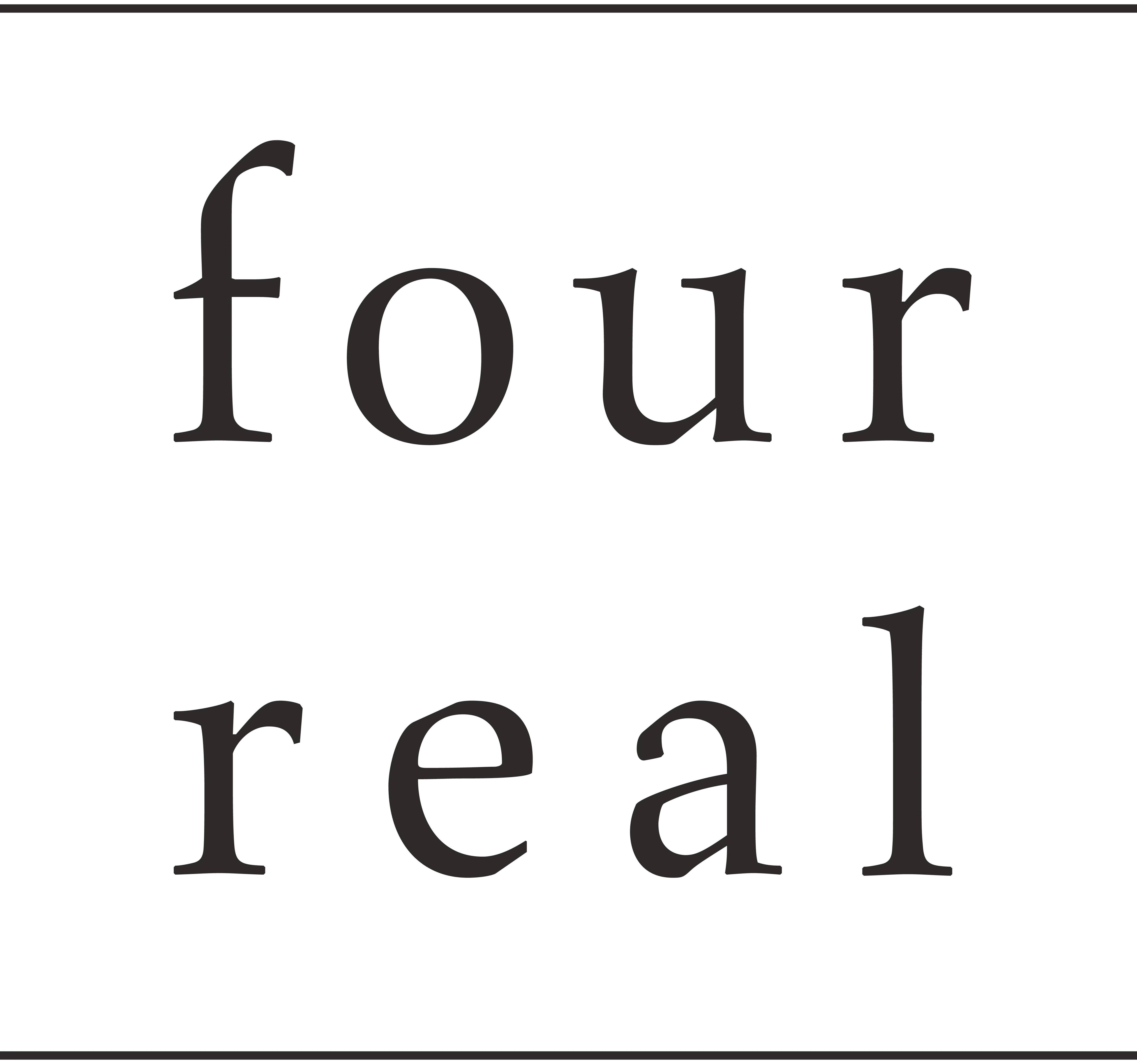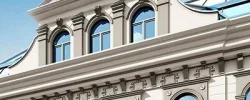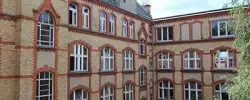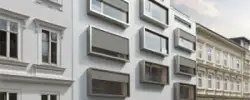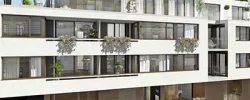Siemensstraße 27
Return
6.5% p.a.
Duration
30 months
Project type
Growth
Distribution
Yearly
Notice according to § 12 (2) Vermögensanlagengesetz
This investment involves considerable risk and may result in partial or total loss.Project Presentation
The "Siemensstraße 27" project is an almost fully leased residential building in the middle of Berlin's sought-after Schöneweide district, an up-and-coming science and technology location. The impressive apartment building currently comprises a total of 18 residential units with a total area of more than 884 m².
The project is already very well let and currently generates a net annual rent of €83,220. The issuer now wants to have the property projected and revitalized. In addition, an expansion of the attic is planned, which will allow a total of approximately 220 m² of living space to be realized. The issuer has already purchased the property and is already working on the project planning of the attic floor as well as on the parification of the individual residential units.
The property is located in the "Dichterviertel" near the Greek Park in Berlin's Schöneweide district in Treptow-Köpenick, which is developing into an up-and-coming science and technology location. Schöneweide is home to Berlin's largest university for technology and business and is also planning to develop a technology and start-up center for offices, laboratory and workshop space. In addition, Siemensstrasse is surrounded by all major amenities for daily needs.
Location
Discover the surroundings
The property is located in the "Dichterviertel" near the Greek Park in Berlin's Schöneweide district of Treptow-Köpenick, which is becoming an up-and-coming science and technology location. Schöneweide is home to Berlin's largest university for technology and business and is also planning to develop a technology and start-up center for offices, laboratory and workshop space. In addition, Siemensstrasse is surrounded by all major amenities for daily needs.
Brandenburg Gate
The Brandenburg Gate in Berlin is an Early Classicist triumphal gate that stands on the western flank of the square Pariser Platz in Berlin's Mitte district. The gate is the most famous Berlin landmark and a German national symbol, with which many important historical events of the 19th and 20th centuries are associated. Thus, until the Second World War, the end of Napoleonic rule in 1813-1815, in particular, was associated with the structure. During the Weimar Republic, Constitution Day was celebrated here every year on August 11. Until the opening of the Iron Curtain, it stood directly on the border between East and West Berlin and thus symbolized the clash of the Warsaw Pact and NATO at the most sensitive point of their common border during the Cold War. Accordingly, since 1990 the Brandenburg Gate has also been regarded as a symbol of the overcoming of the division of Germany and Europe.
Memorial - Berlin Wall
The Berlin Wall Memorial commemorates the division of Berlin by the Wall and the deaths at the Berlin Wall. The national memorial, a 70-meter-long original section of the border fortifications, was rebuilt in 1998 by the Federal Republic of Germany and the State of Berlin on Bernauer Strasse (parts of the Wall came from other sections) and later expanded. Today, the memorial site covers a length of 1.4 kilometers on the former border strip and includes, in addition to the memorial, an outdoor exhibition, the Chapel of Reconciliation, the Berlin Wall Documentation Center, the Window of Remembrance, and the Visitor Center and an exhibition in the neighboring Nordbahnhof S-Bahn station.
Reichstag Building
The Reichstag building on Platz der Republik in Berlin has been the seat of the German Bundestag since 1999. Since 1994, the Federal Assembly has also met here to elect the German president. The building was constructed according to plans by architect Paul Wallot between 1884 and 1894 in the neo-Renaissance style in the Tiergarten district on the left bank of the Spree River. It housed both the Reichstag of the German Empire and that of the Weimar Republic. Initially, the Federal Council of the Empire also met there. After severe damage from the Reichstag fire of 1933 and World War II, the building was restored in a modernized form in the 1960s and served for exhibitions and special events. From 1995 to 1999, the Reichstag was fundamentally redesigned by Norman Foster for its permanent use as a parliament building, which was decided in 1991. On April 19, 1999, the keys were handed over to Bundestag President Wolfgang Thierse. Since then, the German Bundestag has been meeting there. The walk-in glass dome above the plenary chamber is a striking feature of the cityscape.
East Side Gallery
The East Side Gallery memorial in Berlin-Friedrichshain is a permanent open-air gallery on the longest remaining section of the Berlin Wall on Mühlenstrasse between Berlin's Ostbahnhof station and the Oberbaumbrücke bridge along the Spree River. In spring 1990, after the opening of the Berlin Wall, this section was painted by 118 artists from 21 countries over a length of 1316 meters.
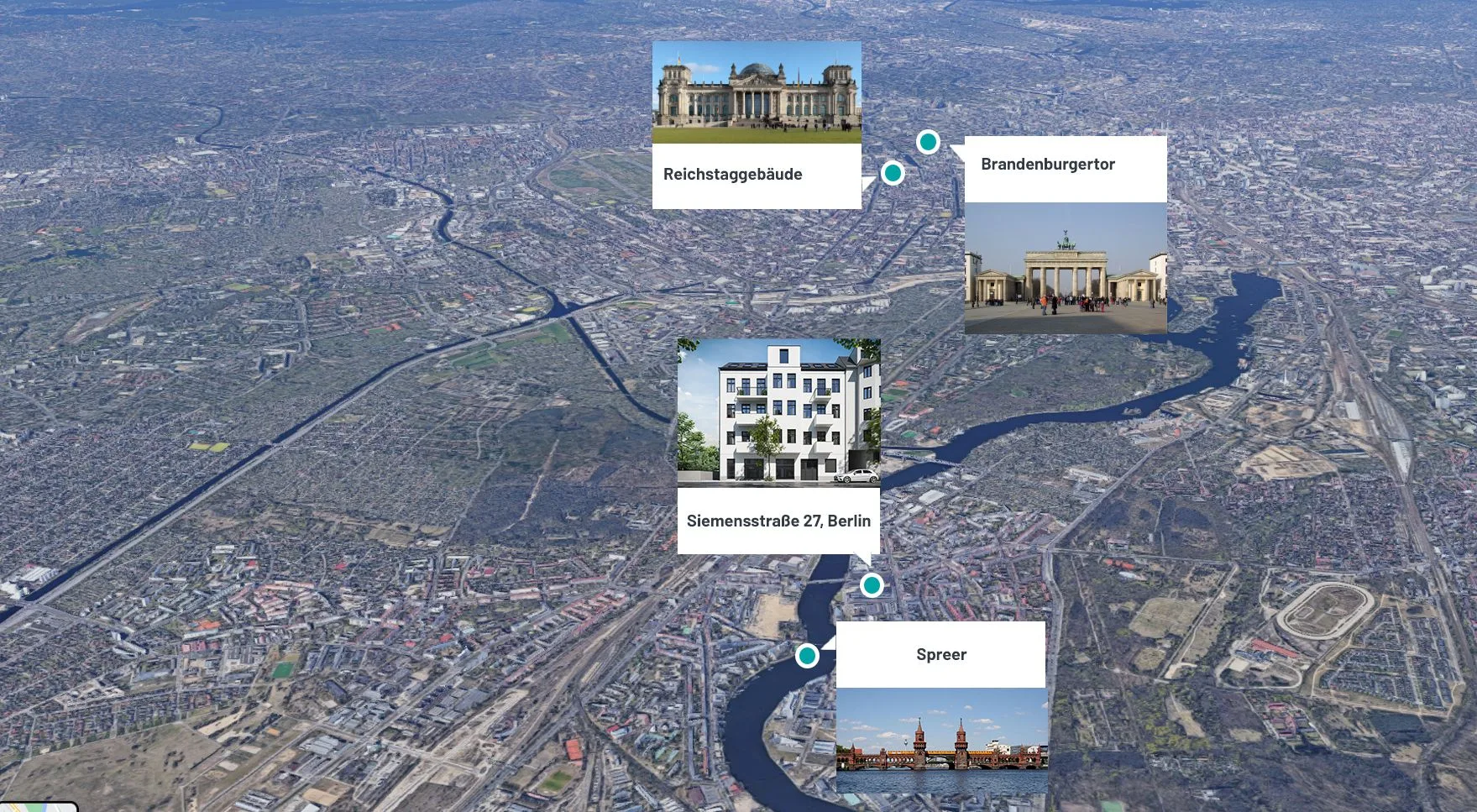
Team
Fourreal meets the challenge of contemporary space creation with the new construction or revitalisation of high-quality residential properties. When it comes to real material assets, Fourreal is the right contact. Since its foundation, the focus has been on project realisations in inner-city areas as well as on the development of living space in locations with a special quality of life. In addition to project development of upmarket residential properties, Fourreal concentrates on investments in properties for its portfolio. Precise property research and direct, compact planning enable the elimination of intermediate interfaces and thus maximum cost efficiency. Good creditworthiness and financial resources enable quick and flexible decisions.
